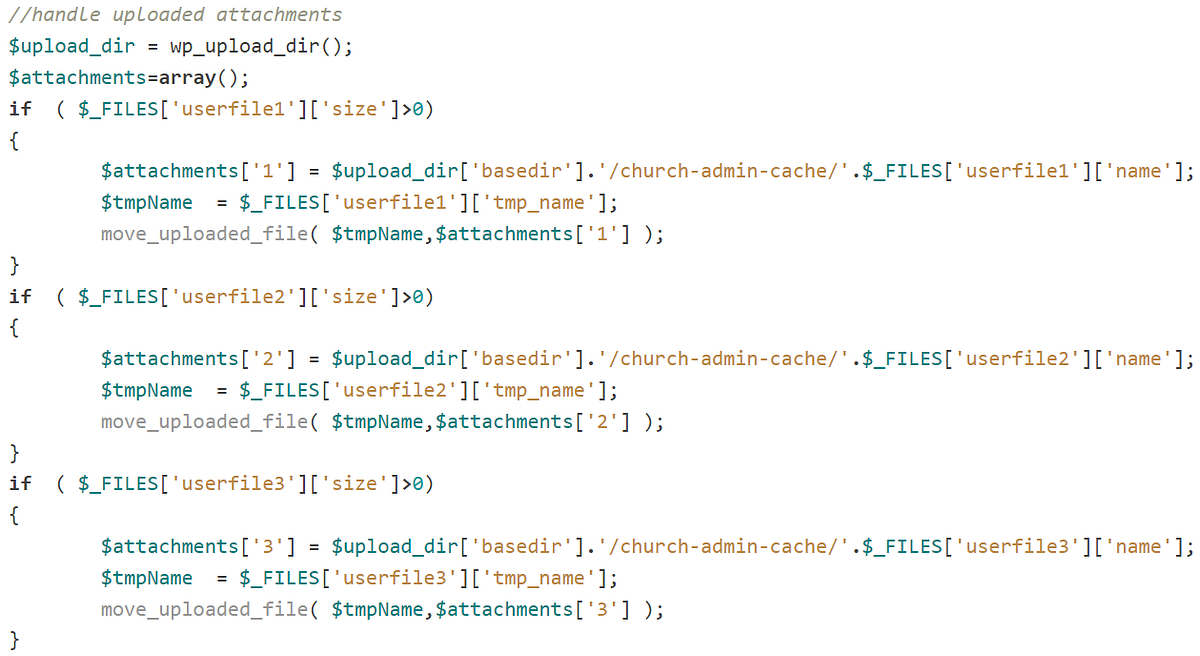BOOK THIS SPACE FOR AD
ARTICLE ADIn the ever-evolving landscape of cybersecurity, organizations face a constant barrage of threats from malicious actors seeking to exploit vulnerabilities and gain unauthorized access. One effective technique in the defender’s arsenal is the use of honeypots to detect scanning activities. Honeypots are deceptive traps strategically placed within a network to lure and identify potential threats. In this article, we’ll explore the significance of honeypots and how they can be leveraged to unmask scanning activities, providing a valuable layer of defense for organizations.
Understanding Honeypots
A honeypot is a security mechanism designed to mimic a legitimate system or network resource, enticing attackers to interact with it. The primary goal is to divert malicious activity away from actual assets while collecting valuable information about the tactics, techniques, and procedures employed by attackers. Honeypots come in various forms, such as low-interaction and high-interaction honeypots, each serving different purposes based on the level of interaction they allow.
Detecting Scanning Activities
Scanning is a common initial phase in the cyber attack lifecycle, where adversaries seek vulnerable entry points within a network. Honeypots play a crucial role in detecting scanning activities by presenting attackers with tempting targets that, when interacted with, trigger alerts and provide insights into potential threats. Here’s how honeypots contribute to the detection of scanning:
Attraction and DiversionHoneypots are strategically placed within a network to attract scanning activities.Malicious actors, thinking they’ve discovered a vulnerable system, engage with the honeypot, diverting their attention from genuine assets.2. Alert Generation
Any interaction with a honeypot triggers alerts, notifying security teams of potential scanning activities.Real-time alerts enable quick response, allowing organizations to proactively address threats before they escalate.3. Data Collection and Analysis
Honeypots capture….png)
 3 months ago
55
3 months ago
55 














 Bengali (Bangladesh) ·
Bengali (Bangladesh) ·  English (United States) ·
English (United States) ·